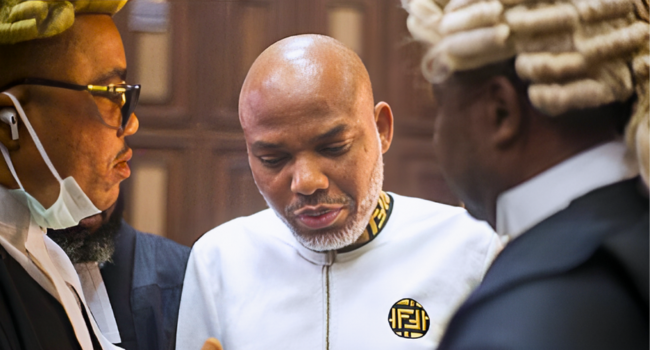By Evans Ufeli Esq
When a court rejects a defendant’s no-case submission and orders him to enter his defence, it does not amount to a determination of guilt.
Instead, such a ruling means the trial judge has found that the prosecution has adduced sufficient evidence to establish a prima facie case- that is, sufficient material on which a reasonable court could convict if that evidence goes unchallenged.
The accused therefore must decide how to respond. Typically there are three paths after the prosecution closes its case: a no-case submission, open the defence, or rest case on prosecution's without calling witnesses.
A no-case submission is a powerful procedural weapon. When the defence argues no case to answer, it asks the court to discharge the accused because the prosecution’s evidence, even if accepted, is legally insufficient to ground a conviction.
If the court upholds that submission, the accused is acquitted at that stage and the matter ends unless the prosecution appeals. If the court rejects the submission, as in the Kanu's case, the judge is merely saying there is enough evidence to require the accused to answer it; the accused is not convicted and retains the presumption of innocence.
The second option is to open the accused’s defence. This means calling witnesses, presenting documents or other evidence, and, if the accused chooses, giving oral testimony. Opening a defence allows the accused to directly challenge the prosecution’s case, explain, rebut or contextualise the evidence, and advance an alternative narrative. The task is strategic and often involves deciding whether the accused should take the stand — a decision with potential benefits and risks, including cross-examination.
The defence counsel will typically weigh the strength of the prosecution’s evidence, the credibility advantages of testimony, and the possible exposure that giving evidence might create.
The third option is to rest one’s case on the prosecution's without calling any witnesses. In some circumstances, this can be a sensible tactical choice: if the prosecution’s case is weak on its own, the accused can rely on the judge to find reasonable doubt from the prosecution’s evidence and the defence’s submissions. Resting without presenting affirmative evidence also avoids cross-examination risks and keeps the defence’s theory focused on undermining the prosecution’s proofs.
Public commentary often misreads procedural rulings as verdicts, but the presumption of innocence and the burden of proof remain live until final judgement. Observers should avoid treating interim orders as final outcomes and allow the legal process, including possible appeals, to run its course before drawing conclusions.




